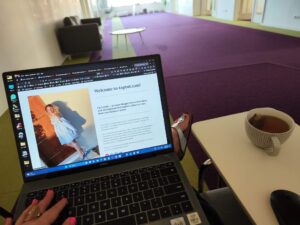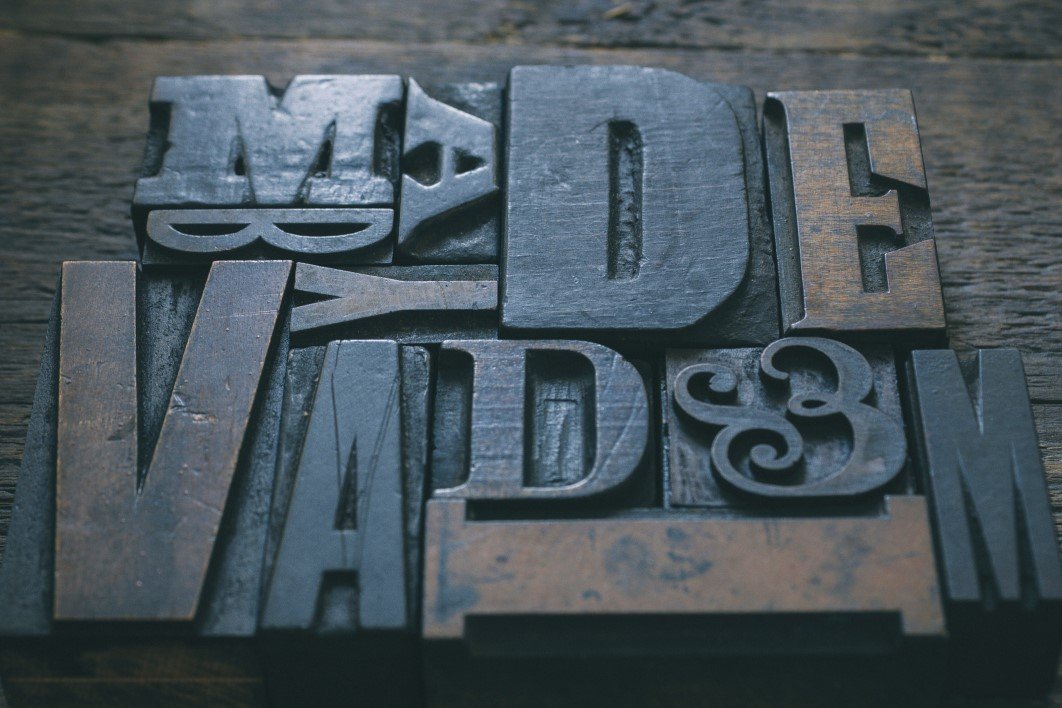Usability is a nice word. Translated to ‘ease of use,’ we come across it everywhere, from the ergonomic screwdriver to the user-friendly clock radio. In the SEO world, the website and the CMS fall into this. WordPress saw usability as a strong requirement for WordPress 5. And this is why.
Website usability scores

Before we examine WordPress 5, we first look at website usability.
This is – simple enough – everything that makes it easy for users to hang around on web pages. Now there are easily dozens of things to mention, but think of things like a clickable logo through which one goes to the homepage accessibility of the essential pages from the homepage
a clear empty field with ‘Find’ or ‘Search’ behind it logical names of the links.
This also applies to the content.
It has already been mentioned several times that Google is very smart. Everything purely loaded with keywords is not working because the search engine (re) knows human language.
User-friendly writing? Oh jubilant, that seems like usability!
Concerning ‘Content is King’, Gutenberg meets us in the layout.
The Gutenberg editor offers more writing space, which is especially useful on smaller screens. An outcome for all those people with laptops.
After switching to the new editor, it takes some getting used to.
The menu on the right is quite different. For users who want to update to WordPress 5 but do not want to use Gutenberg, the plugin ‘Classic editor’ can be downloaded to change the layout back to the old editor. Only the classic editor will not be supported by WordPress forever.
With Gutenberg, content is certainly user-friendly to add, but please note: this piece of usability of working with blocks is thanks to the people of web design.
Usability as a weapon in the battle
A nice question is why the Web Design Department has implemented such a big change in usability.
Of course, changes/improvements/ updates are always needed, and WordPress also did this regularly with minor interventions, but visually there was not much change. Now everything is different, and that is largely due to the competition.
Previously, we compared WordPress with Wix with the conclusion that they can not be compared. But also ‘all that depends on that hard-working entrepreneur for whom time is money. Wix stands for a static design that is quickly filled, and WordPress stands for a flexible design that has more possibilities for conversion. ‘
Currently, the Chamber of Commerce is being forced to blow up because of the explosion of young freelancers.
As a result, the number of websites is growing at lightning speed and with this the need to be able to do this easily and quickly. WordPress stayed behind a bit. The annual figures for 2017-2018 show that WordPress is still the market leader with a market share of 32%, but that Wix is particularly on the rise. Their market share increased from 0.3% to 0.7%, a growth of 233% (compared to 17.3% of WordPress)!
It looks like WordPress saw a shower.
It was high time for a more user-friendly version. The need for simplicity and speed in the creation of websites is very large. Competitors like Wix meet that need and WordPress cannot stay behind. As a result, the Web Design Department has made good work on the issue of usability for six months.
In addition to this step in the construction of web pages, Gutenberg seems to be a kind of return to WordPress’ first steps.
WordPress has been set up as a blog platform and has subsequently started a big flight towards web shops, vacancy websites, artists’ websites, etc., etc.
Gutenberg WordPress seems to be changing slightly to the blog platform, and we do not object to usability.
Data analytics expert. As an analyst and project manager, I have proven to be a strong leader and team player in maintaining a suitable workspace for workers and industries in the oil and gas sector.
By taking into account various factors, with the assistance of state of the art technologies and the utilization of Big Data Analytics.
This includes considering various aspects like volume, velocity, variety, veracity, value together with complexity.
With the recent advent of data recording sensors in exploration, drilling, and production operations, oil and gas industry has become a massive data intensive industry.






